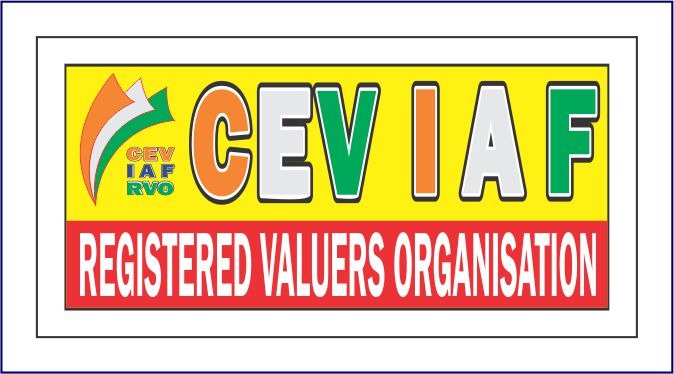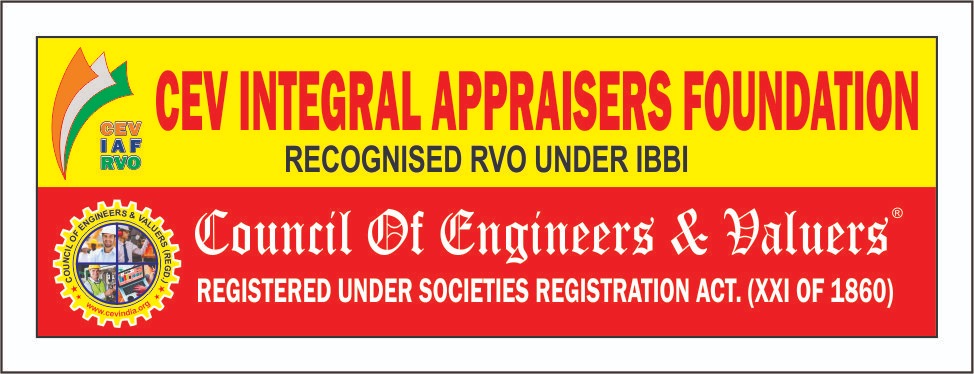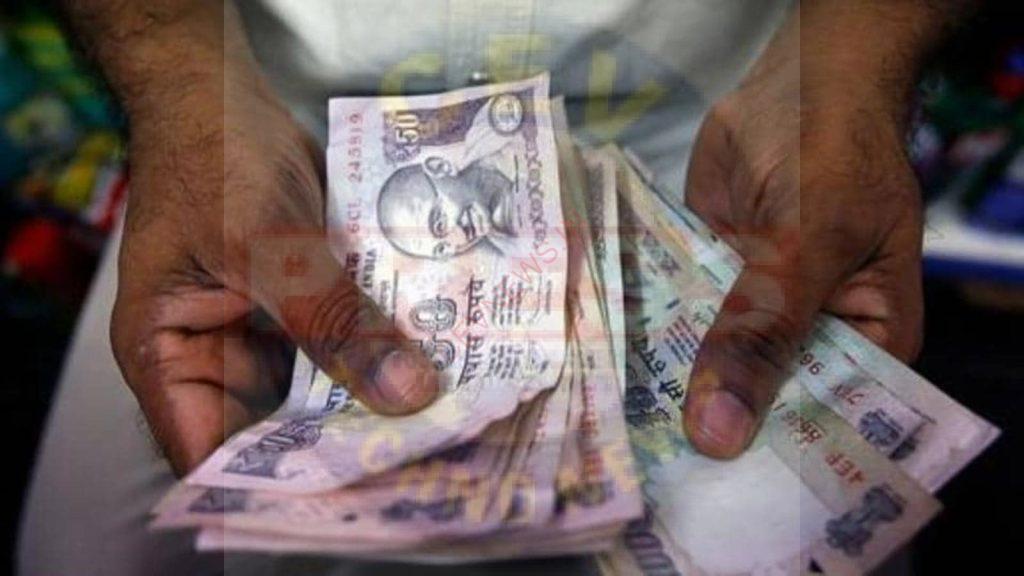KNOWLEDGE BANK FROM B KANAGA SABAPATHY
LET KNOWLEDGE SPREAD
Message from B. K. sir 25/04/2023
What is the difference between rate of return and rate of interest?
Rate of Return :
This is an economic term. In strict economic sense, it not only includes rate of interest on capital value invested but also includes annual equivalent of capital appreciation over a period of time as well as annual equivalent of capital erosion due to inflation
To clarify and illustrate, assume a flat purchased for Rs. 50 Lacs is licensed at net rent of Rs. 2 Lacs / year. Thus yield rate is 4%. After 5 years, the flat is sold for Rs. 80 Lacs. There is annual additional yield of Rs. 6 Lacs in each of 5 years period. This woks out to additional average yield of 12% per year on original investment. The investor in this case got 16% return on his capital investment.
Rate of Interest :
In the above example, visible or direct yield i.e. 4% is the interest rate (in form of rent income). 12% is annual additional return (in form of capital appreciation) and 16% is rate of return (total yield rate).
From above, it is evident that rate of return includes rate of interest but rate of interest does not include rate of return. In the present discussion, the term ‘rate of return’ is used in sense of common men’s parlance i.e. rate of interest or rate of capitalisaion.
– Courtesy : Mr. R.K. Gandhi
With best wishes,

B. KANAGA SABAPATHY
bkvaluer@gmail.com
www.bkanagasabapathy.com
About the Author:-
- Mr. B. Kanaga Sabapathy born in 1951, is a Civil Engineer who belongs to the 1972 batch of Regional Engineering College, Tiruchirappalli in Tamilnadu.
- He is a Registered valuer of the Central Board of Direct Taxes, a Professional Engineer and also a Chartered engineer. Valuation is his main profession..
- He was the National Vice-President of the Institution of Valuers (India) for 11 terms.
- He is a regular contributor of articles in the Indian Valuer Journal from the year 1985. His articles especially his regular column “Questions & Opinions” are very popular among the practising valuers in India.
- His book “Guidelines on Valuation for Banks” (2002) is used to be referred by many banks. The valuation formats designed by him were accepted and adopted as the formats by many banks in the country.
- His son K. Arun and daughter B.K. Aruna are also approved valuers and they also contribute articles to the Indian valuer journal.
- His guru: Mr. C.H. Gopinatha Rao, Chennai.
- His mentor: Mr. R.K. Gandhi, Mumbai.
- His role model: Mr. S. Rajaratnam, Chennai.
- His best students: Thousands of valuers in the country







